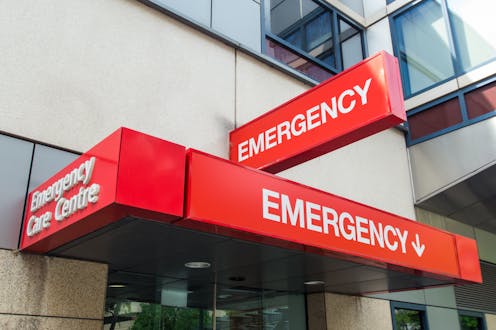For many Australians the emergency department (ED) is the physical and emblematic front door to accessing urgent health-care services. But health-care services are evolving rapidly to meet the population’s changing needs. In recent years, we’ve seen growing use of telephone, video, and online health services, including the national healthdirect helpline , 13YARN (a crisis support service for First Nations people), state-funded lines like 13 HEALTH , and bulk-billed telehealth services, which have helped millions of Australians to access health care on demand and from home.
The ED is similarly expanding into new telehealth models to improve access to emergency medical care. Virtual EDs allow people to access the expertise of a hospital ED through their phone, computer or tablet. All Australian states and the Northern Territory have some form of virtual ED at least in development, although not all of these services are available to the general public at this stage.

So what is a virtual ED, and when is it appropriate to consider using one? A virtual ED is set up to mirror the way you would enter the physical ED front door. First you provide some basic information to administration staff, then you are triaged by a nurse (this means they categorise the level of urgency of your case), then you see the ED doctor. Generally, this all takes place in a single video call.
In some instances, virtual ED clinicians may consult with other specialists such as neurologists, cardiologists .
















